Smoothing the move to Windows 7
Businesses need to prepare carefully if they want a hassle-free migration.
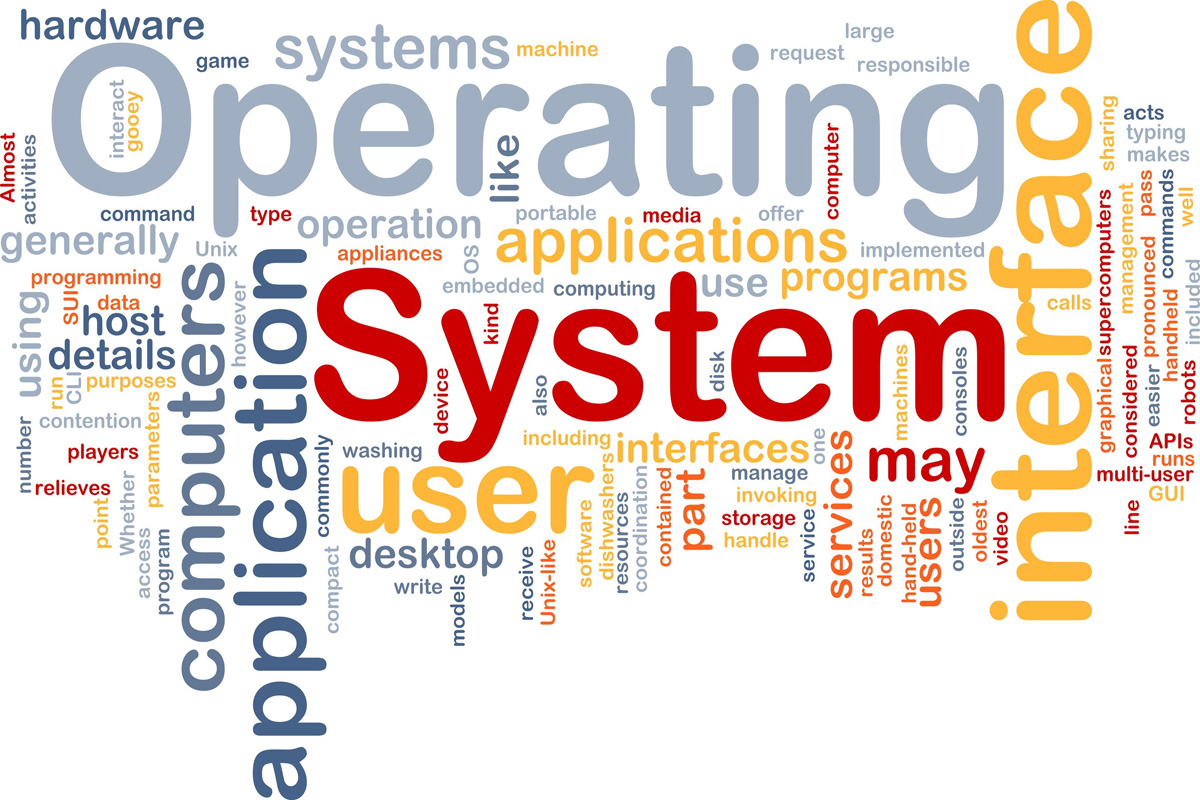
"The licence situation is not as draconian as it used to be: the software will still work, only for reduced periods of time," says Clive Longbottom, services director at analyst firm Quocirca.
"But users will have been warned for quite some time that they need to move to a full licence, so anyone caught out really only has themselves to blame."
There are also more positive reasons for moving to Windows 7 than simply staying on the right side of the law. Windows 7 is seen as more secure than earlier versions of the OS, it has better features and performance including an improved user interface and better power saving features.
"The main reason [for moving to Windows 7] just has to be that XP is now more than showing its age," adds Longbottom. "Users expect a newer interface with better capabilities. Even on Vista, IT - and the business - should worry about the underlying security models of XP and Vista, and really should be looking at moving over to a more modern system."
Many of the issues that deterred companies from making the switch to Vista, including a shortage of hardware drivers at launch, the demands the OS makes on older PCs, and some application compatibility issues, have now largely been addressed.
The tools for migration are also much improved although businesses will still need to plan a migration with care.
Proper planning prevents poor performance
Sign up today and you will receive a free copy of our Future Focus 2025 report - the leading guidance on AI, cybersecurity and other IT challenges as per 700+ senior executives
As with any significant system upgrade, IT professionals need to plan the move to Windows 7 so it minimises disruption to the business. This means checking the applications currently in use for compatibility, and putting measures in place to enable staff to run those that are not supported.
-
 Can enterprises transform through startup theory?
Can enterprises transform through startup theory?In-depth For big corporations, the flexibility, adaptability, and speed of a startup or scale-up is often the total opposite of what’s possible within their own operations
-
 AI is creating more software flaws – and they're getting worse
AI is creating more software flaws – and they're getting worseNews A CodeRabbit study compared pull requests with AI and without, finding AI is fast but highly error prone
-
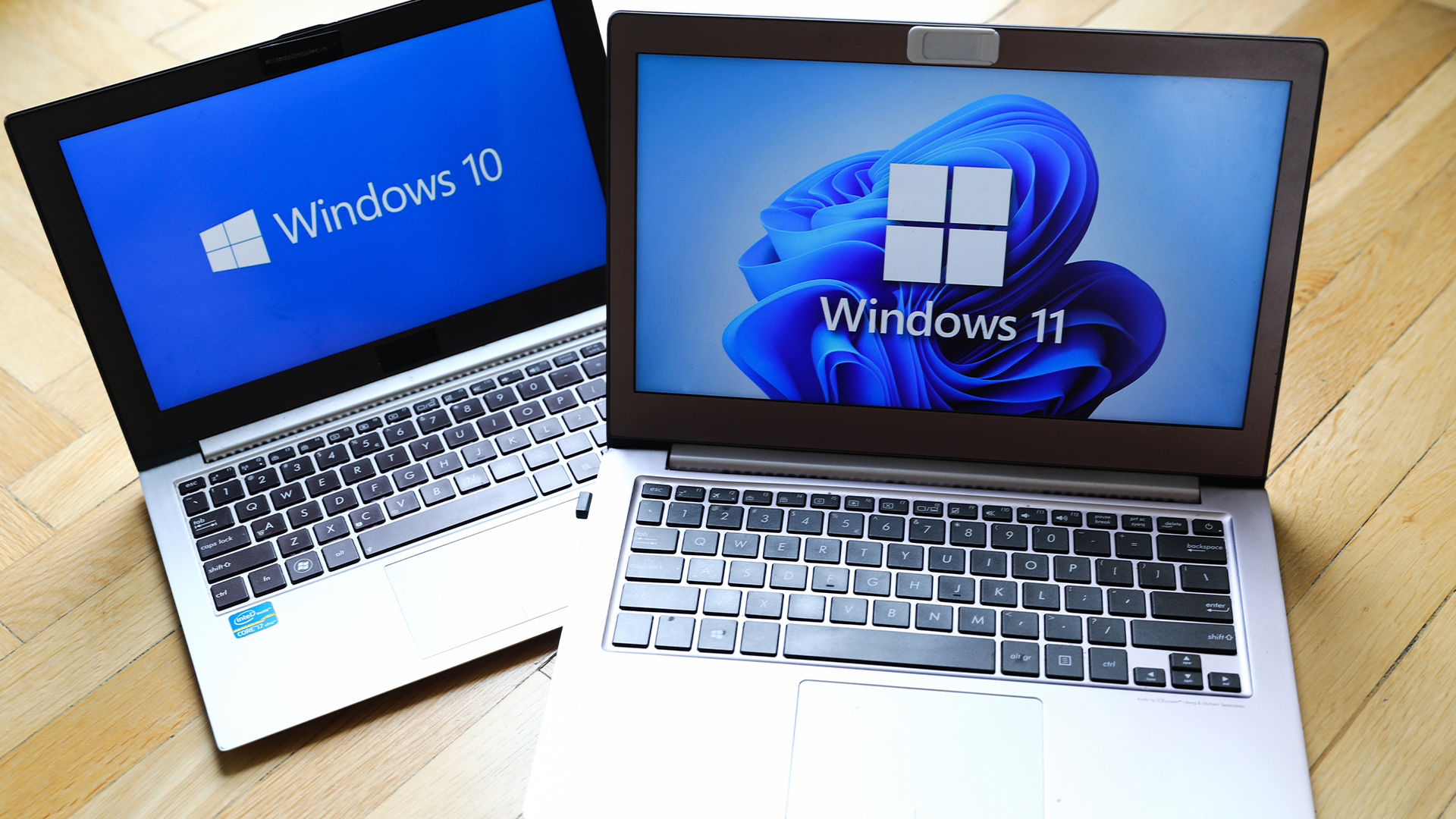 Windows 10 extended support costs could top $7 billion
Windows 10 extended support costs could top $7 billionNews Enterprises sticking with Windows 10 after the October deadline face huge costs
-
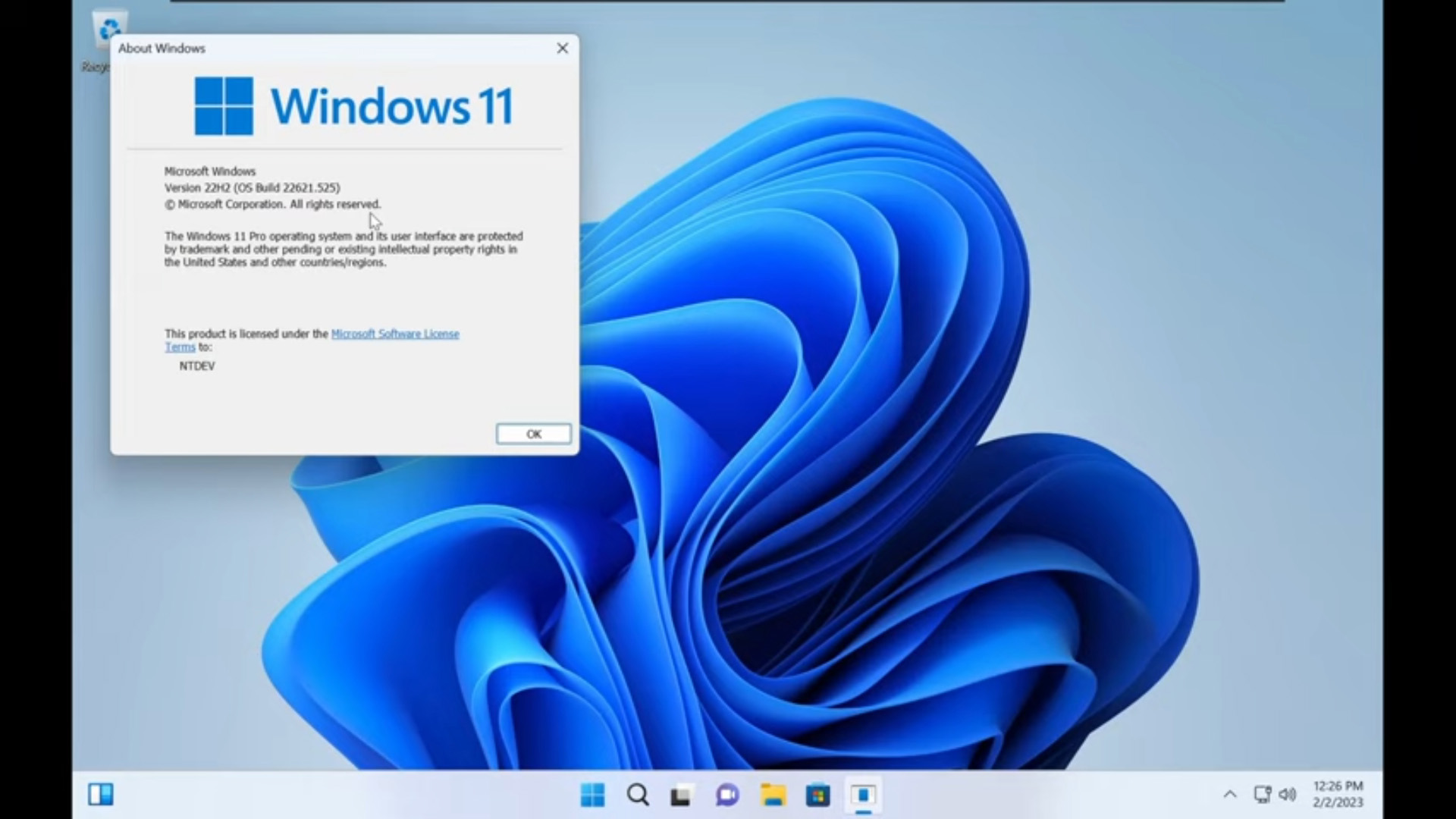 Tiny11 review: Windows 11 with only 2GB of RAM
Tiny11 review: Windows 11 with only 2GB of RAMReview A version of Windows 11 for older machines that don't meet the full requirements
-
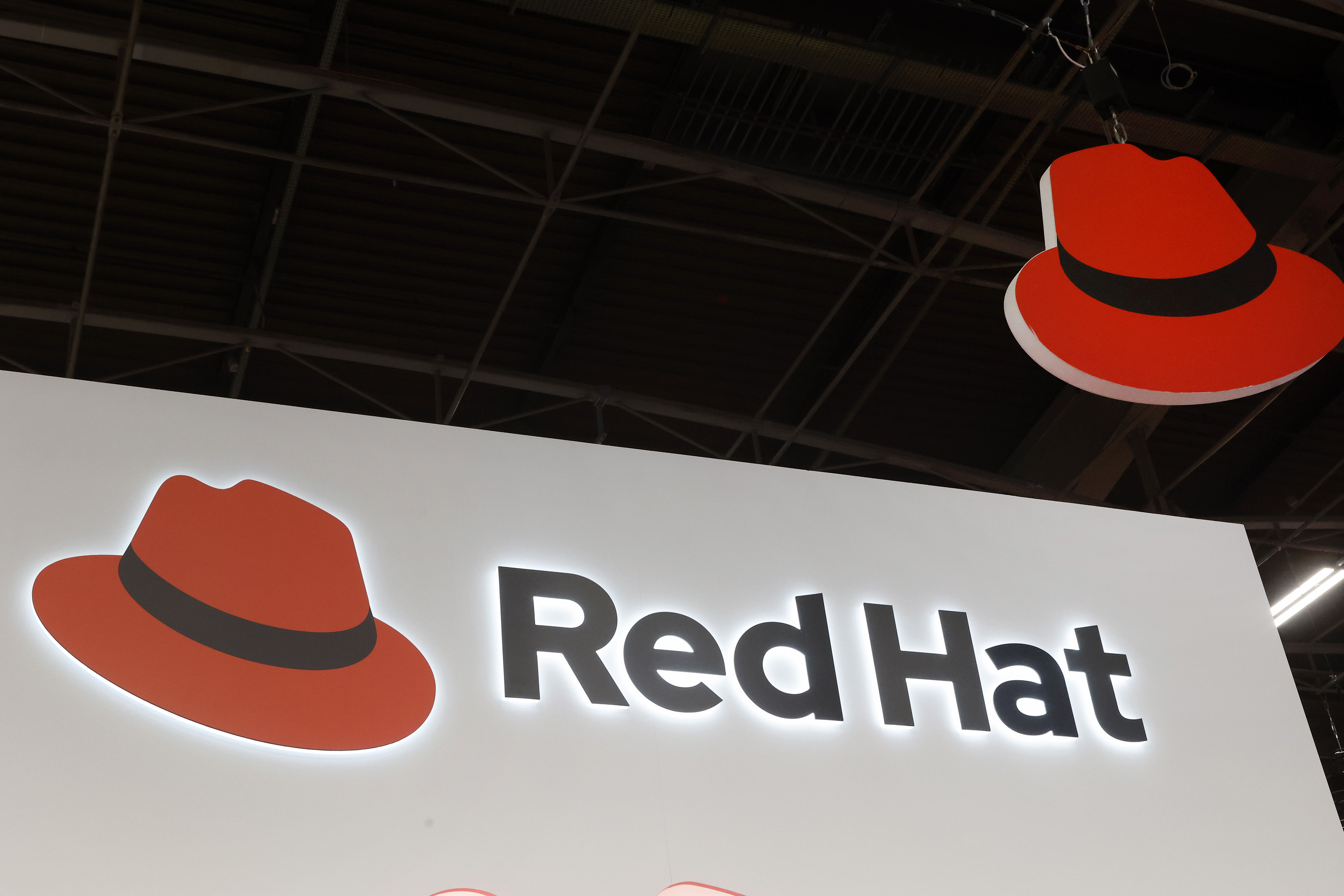 Red Hat Enterprise Linux becomes foundational operating system for Cohesity Data Cloud
Red Hat Enterprise Linux becomes foundational operating system for Cohesity Data CloudNews New strategic partnership between Red Hat and Cohesity aims to drive innovation in the data security and management space
-
 Ubuntu shifts to four-week update cycle
Ubuntu shifts to four-week update cycleNews Critical fixes will also come every two weeks, mitigating the issues involved with releasing prompt patches on the old three-week cadence
-
 AlmaLinux follows Oracle in ditching RHEL compatibility
AlmaLinux follows Oracle in ditching RHEL compatibilityNews Application binary compatibility is now the aim with 1:1 now dropped
-
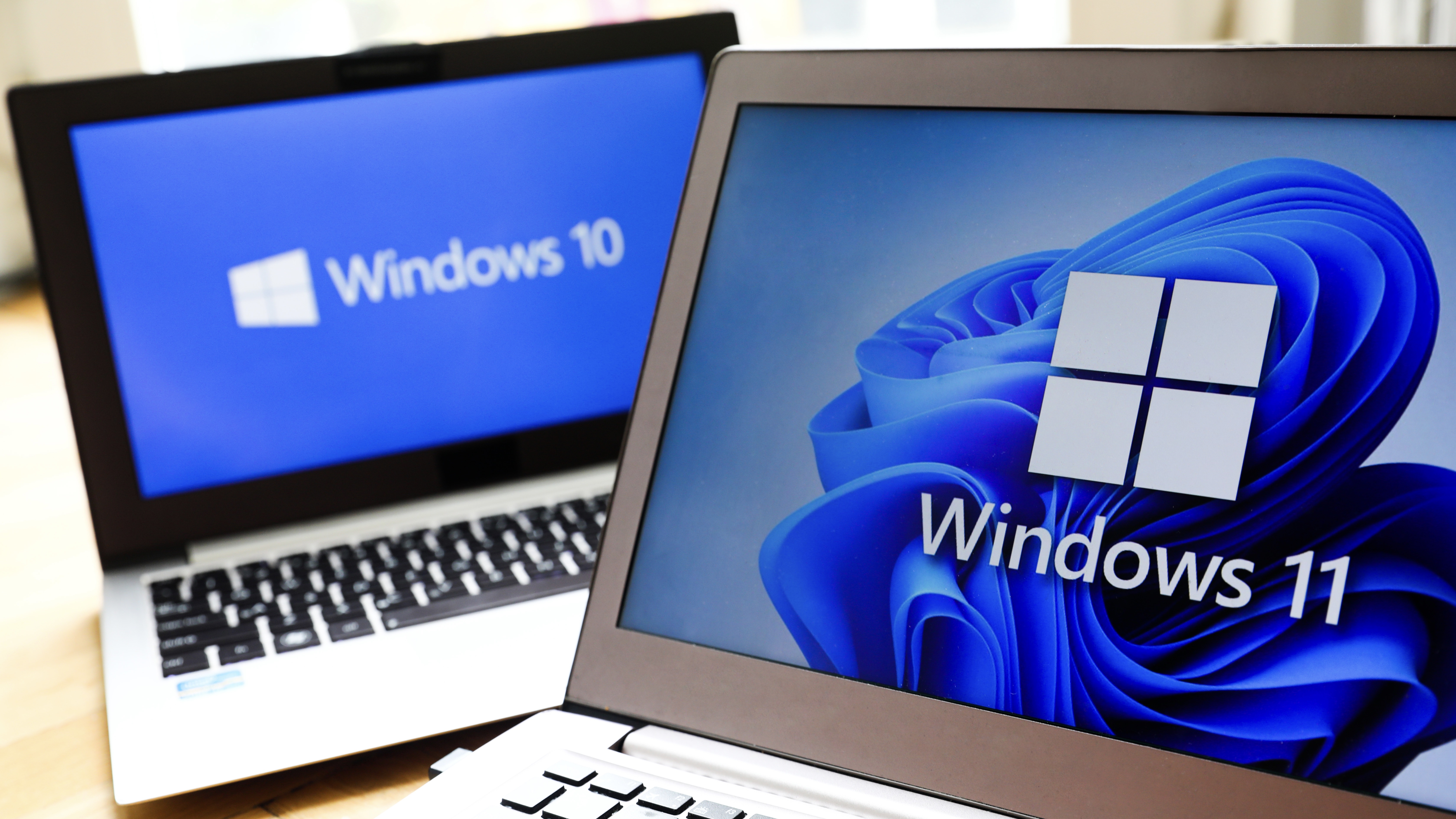 How big is the Windows 10 cliff-edge?
How big is the Windows 10 cliff-edge?ITPro Network With some comparing the upcoming Windows 10 end of life to Windows XP, we ask members of the ITPro Network for their insight
-
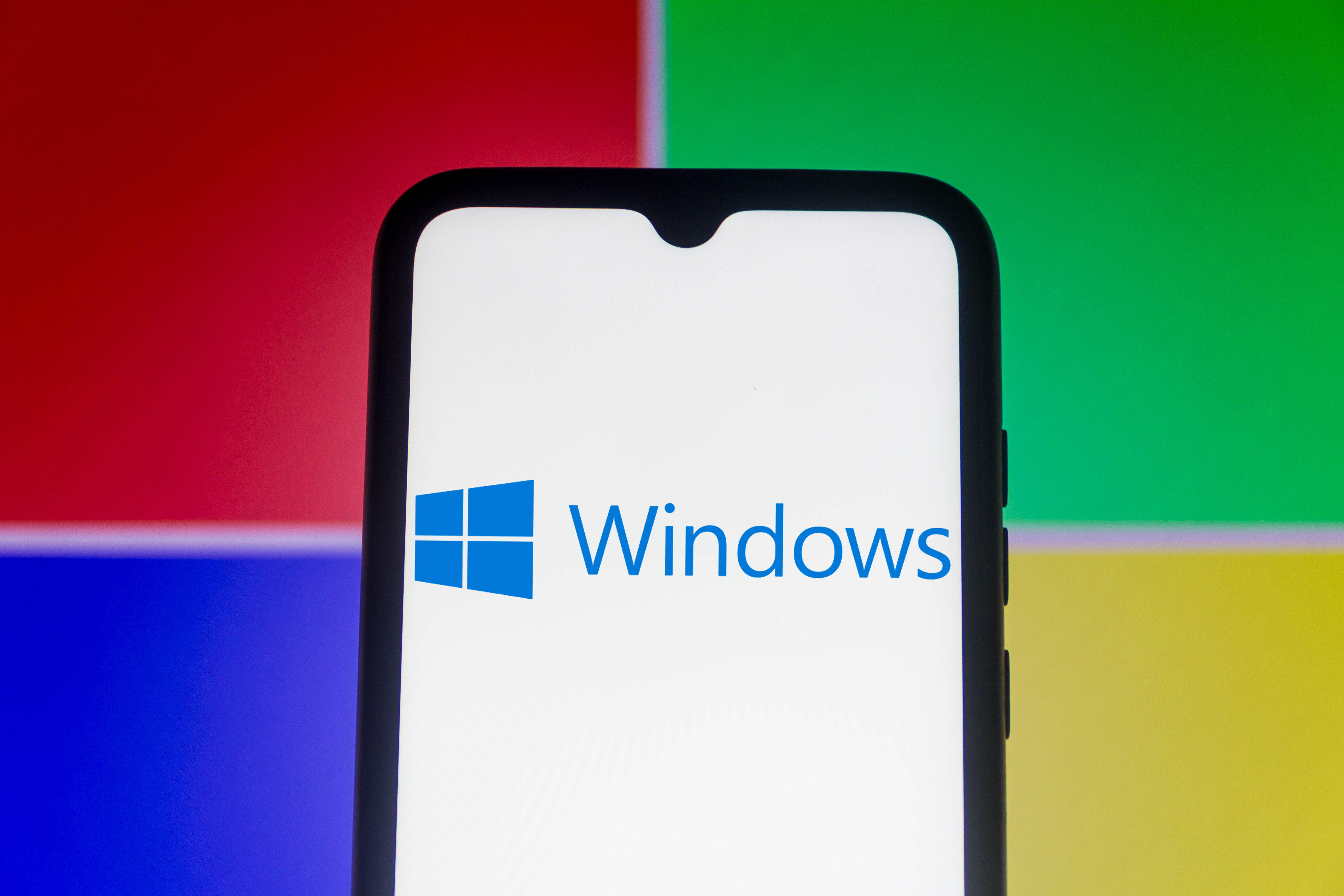 Everything you need to know about the latest Windows 11 updates - from bug fixes to brand-new features
Everything you need to know about the latest Windows 11 updates - from bug fixes to brand-new featuresNews Two new cumulative updates are on the way and will be installed automatically on Windows 10 and Windows 11 machines
-
 How to download a Windows 11 ISO file and perform a clean install
How to download a Windows 11 ISO file and perform a clean installTutorial Use a Windows 11 ISO to install the operating system afresh